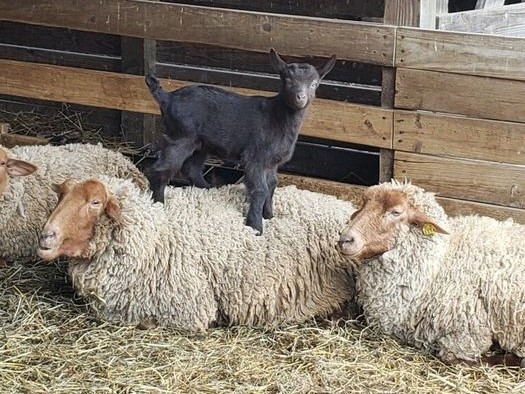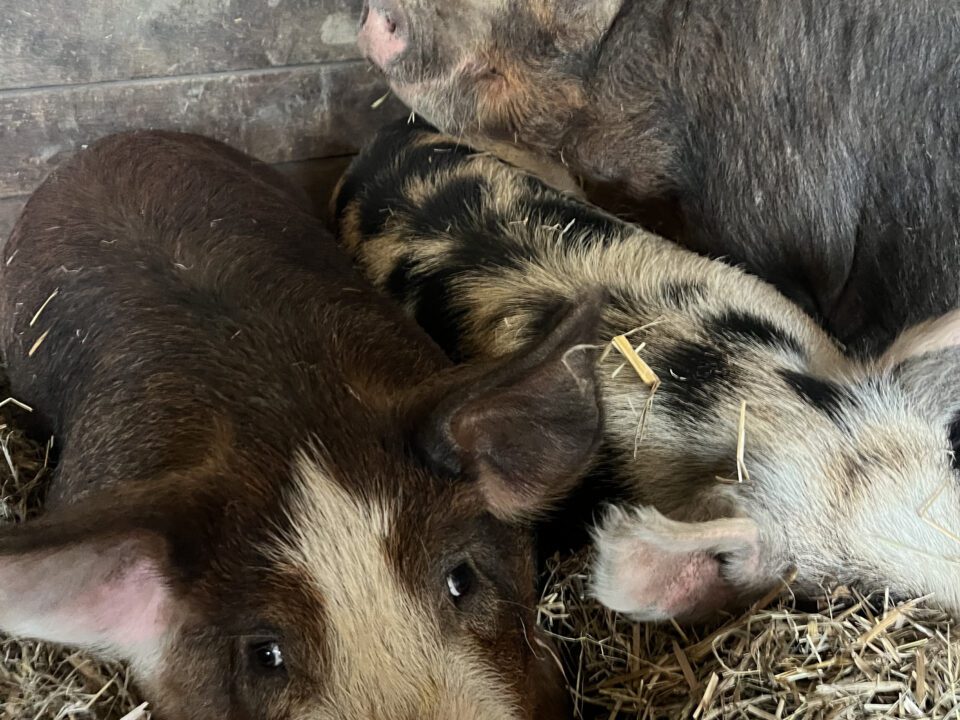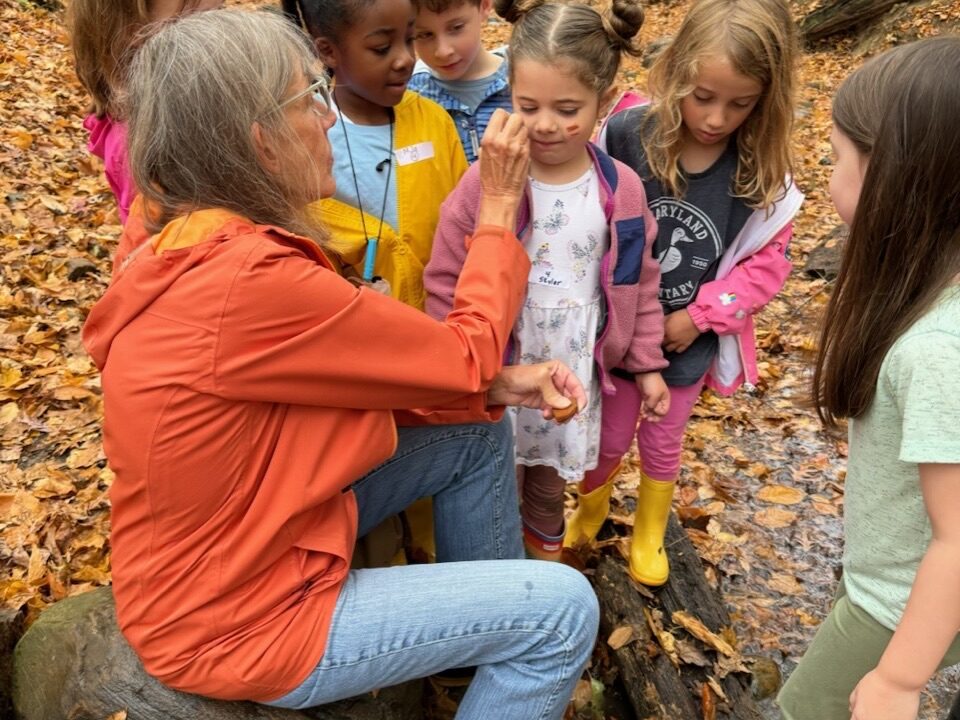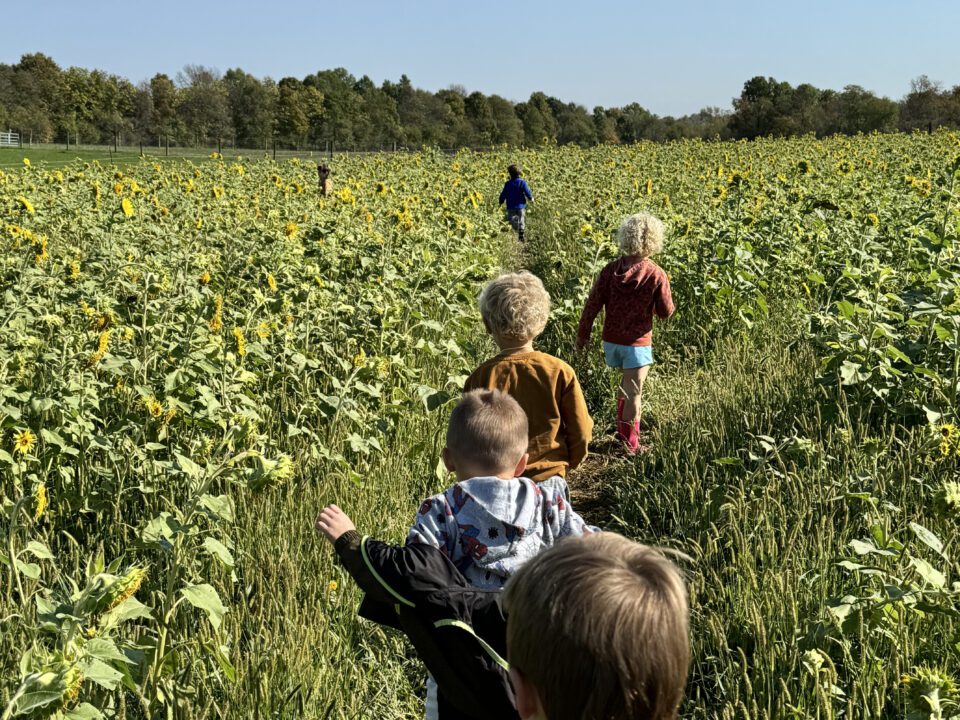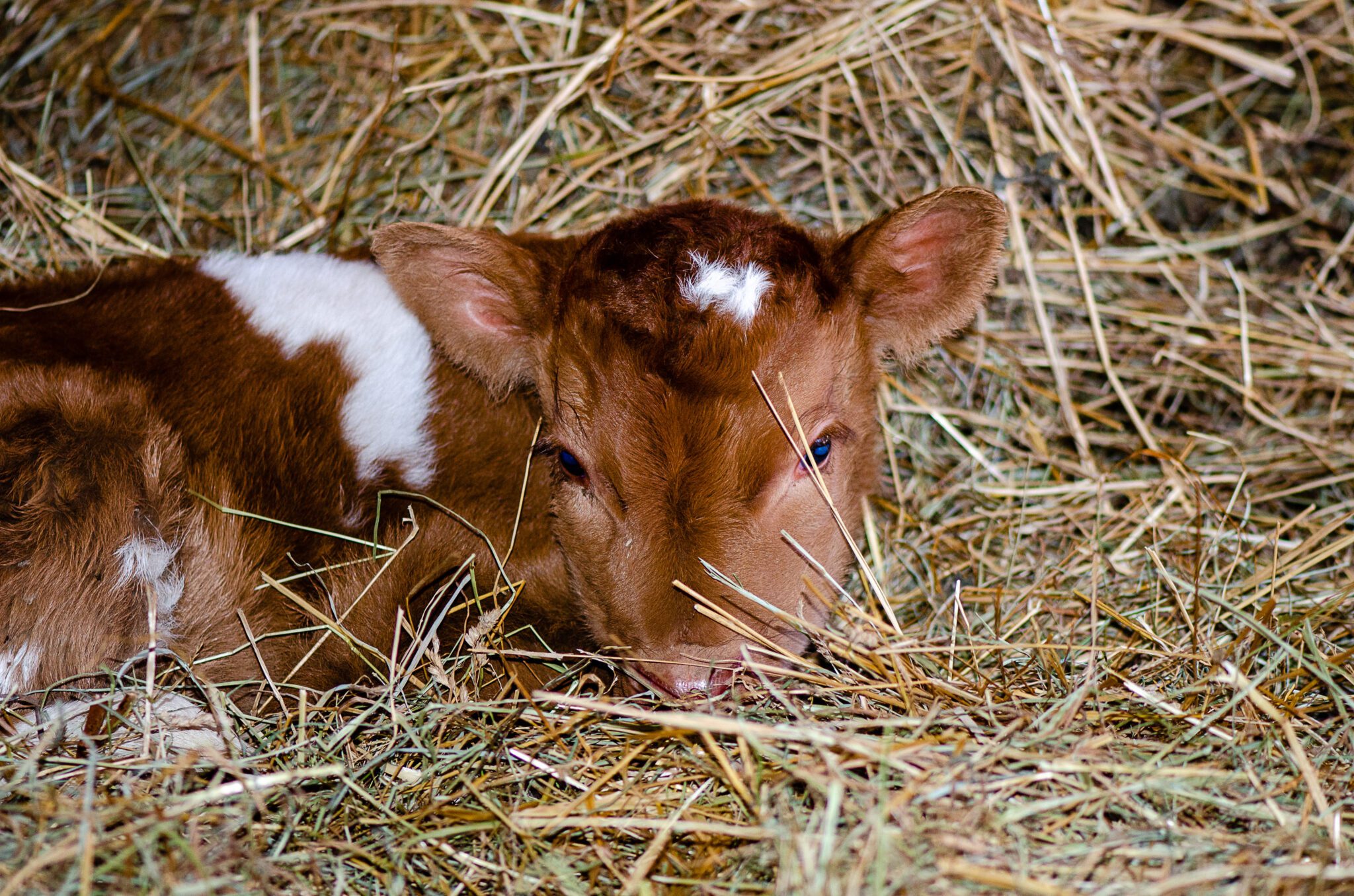
New Born Heifer Welcome Addition to Milking Herd”
October 2, 2010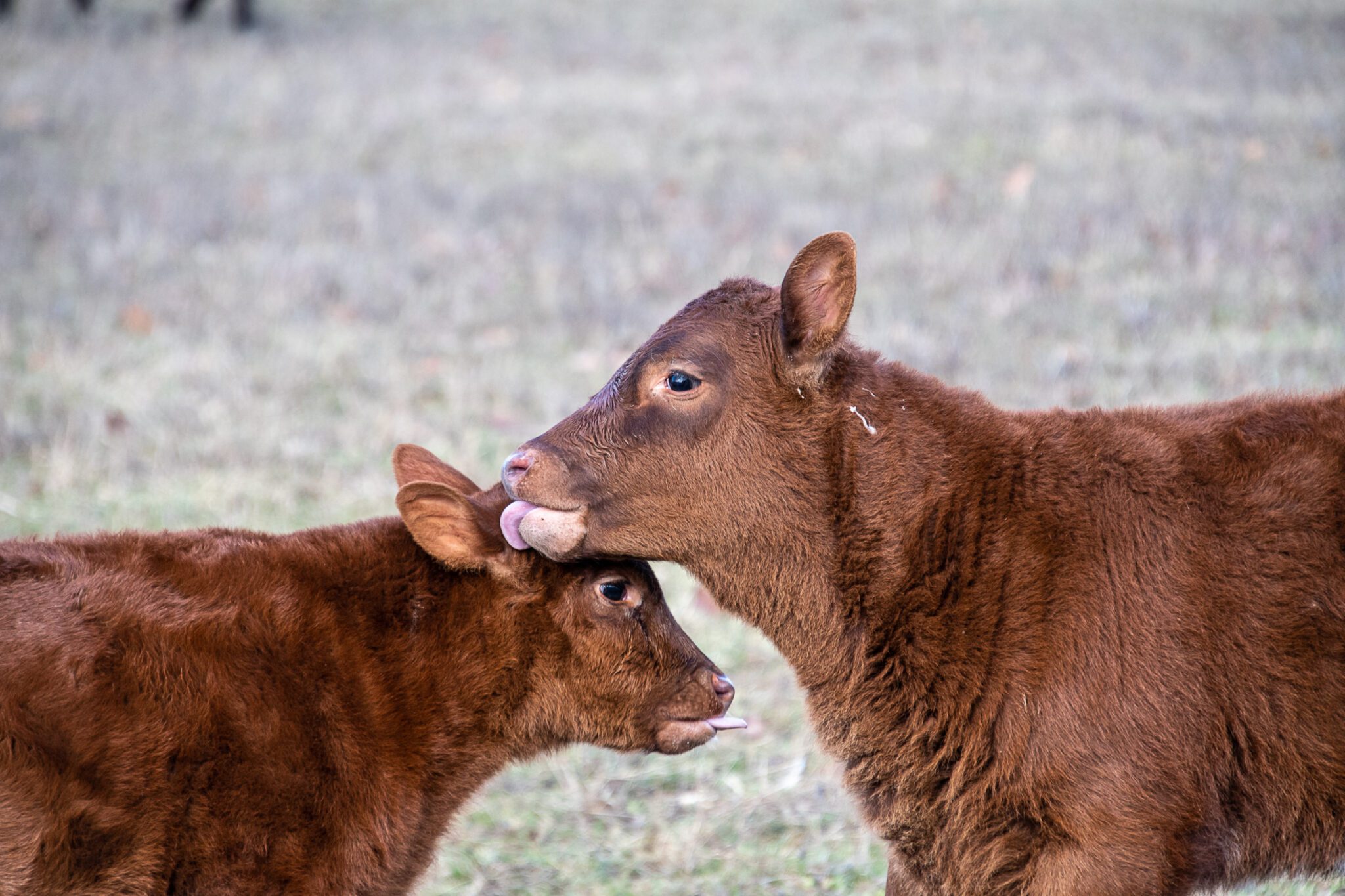
Wanted: Name for Sugar’s Calf Born on Thanksgiving Day
December 4, 2010Published in The Delaware Gazette: November 6, 2010
October was a much dryer month than expected at Stratford Ecological Center on Liberty Road, allowing us to accomplish our fall planting of barley, spelt and annual rye in a timely manner. The first grain planted in early October was spelt in field 2. To my amazement it sprouted and was a couple of inches tall within a week.
Farmer Jeff Dickinson followed with a planting of winter barley, instead of spring corn, in field 1. He changed the rotation in order to get a head start on controlling the heavy weed crop, which emerged amongst the clover hay during the dry summer. It took some effort to create a suitable seed bed but the cultivations paid off, as the rows of healthy barley shoots attest. The heavy dews provided the moisture to compensate for the lack of rain.
A small portion of field 4 was planted in rye. The annual rye is a versatile crop and can be used as a cover crop and tilled back into the ground in the spring. It can provide early grazing or a hay crop if it survives the winter, or combined for its seed and mixed with barley and spelt to feed the hens when corn is in short supply.
Presently the animals are grazing in the larger portion of field 4 and in field 5. Once again we are not allowing them into the North Pasture, to give it time to regenerate. After the corn is harvested in field 6, we plan to turn the animals out to graze the thicker rye, which is growing between the corn rows. The corn kernel moisture registered 35 percent, when tested in a small machine, a couple of weeks ago. Now the moisture is down to 20 percent. This is an acceptable level to harvest when the corn cobs are to be stored outside in the corn crib.
During the month, bushels of tomatoes and peppers were harvested for PIN. The early weeding, around and between the plants, made the job a lot easier. The non‐staked Roma tomato plants were bent over on the ground, and the ripe tomatoes had fallen off the vines into a nest beneath them. It was just like collecting eggs to swoop up the plant and reach underneath to collect the fruit. Never have I tasted such red, soft and delicious Romas. Never again will I purchase the alternative, in a store, as I now know how they should taste.
Briar Rose Preschool came out once again and broadcast wheat seed beside the Giving Garden. We trust it grows well enough for them to harvest the seed head and grind into flour, when they return. Too many older children cannot seem to grasp the idea that flour comes from some sort of grain. In fact, I wonder if they even know what flour is, or do they think I am talking about flowers, as so many families don’t bake from scratch?
The removal of the cat‐tails is complete at the pond and the sides have been graded and planted with grass seed. The excess soil near the bird blind has been leveled, but probably not enough to mow, so we may have to go back again. The stock of fish was reduced after lowering the water level, but these will regenerate. We would like to add even more, and provide tackle, for those inclined to spend leisurely hours fishing.
Molasses, the Jersey dairy cow, continues to be milked once a day. Her heifer calf, Honey, remains a sweetie. Molasses will be bred again in December. Her mother, Sugar, looks like she is carrying twins, and we figure she will calve around Thanksgiving. Sweet Bessie Lou, the Red Devon Beef Cow and mother of the four‐month old bull calf we affectionately named Buddy, was bred by artificial insemination on October 29. Bessie’s daughter, Annie, was bred last July and appears to be in calf. All three can best be described as being a good size, in other words they are big! The three, 2‐year‐old grass‐fed beef steers were processed and averaged four hundred pounds of meat each.
The Tunis ram donated last season was “cut loose” with our ewes at the beginning of October and we can expect March lambs. The whiter‐than‐snow tiny lamb born in May to one of our three Shetlands, Storm, is now a handsome, curve‐horned, fully grown ram. He will breed with Shetland Hannah, who had the tiny black lamb last spring. Now brown like friendly Shetland Jessie, the lamb will not be bred until next year. Meanwhile, Storm awaits her “own Shetland man.” The other lambs were processed this month, providing plenty of meat to fill our freezers.
Big‐horned Fuzzy, the Toggenburg buck, returned for a third time on November 1 from Dan Fry’s farm, to breed with our seven nanny goats and five yearling goats fathered by Rocky in fall 2008. We consider our remaining five, six‐month‐old female goats, too young to breed. Fuzzy is famous for fathering lots of girls. Such a trait is good when you want to increase the choice of milking goats, as you build up your herd.
Opportunities exist in November for families to experience farm chores, a guided tour and story time. Please check our web site for details. Hope you can visit.


